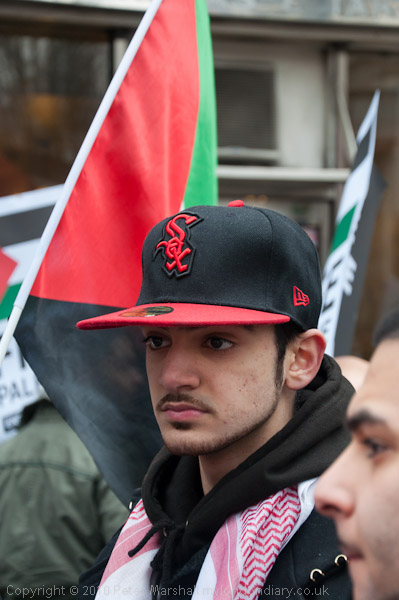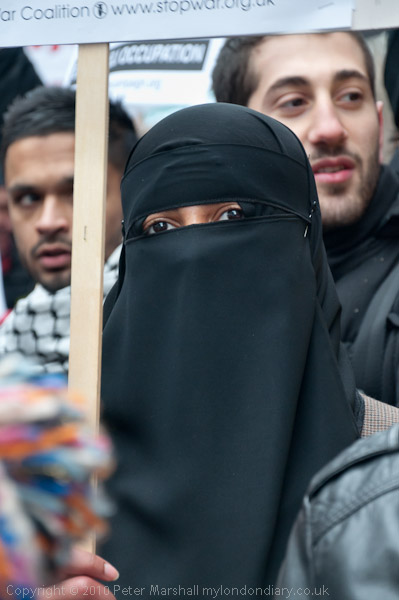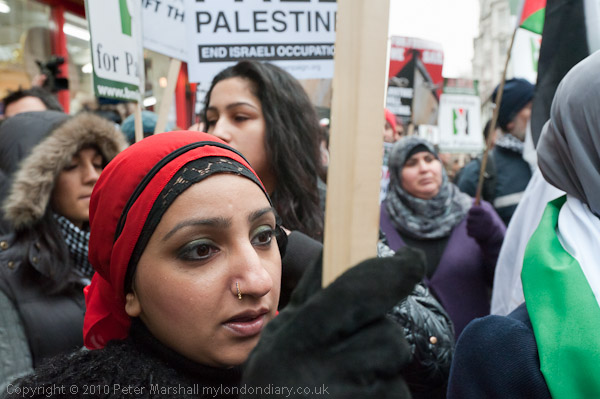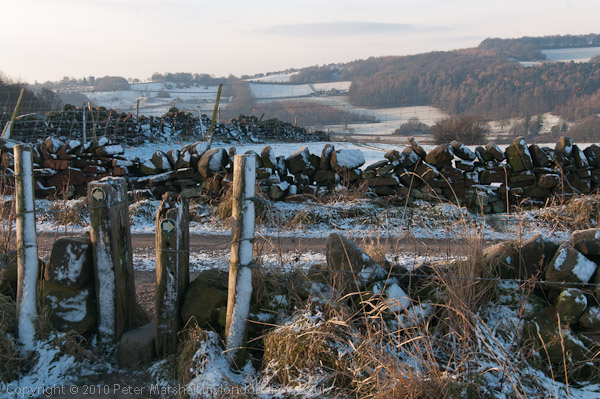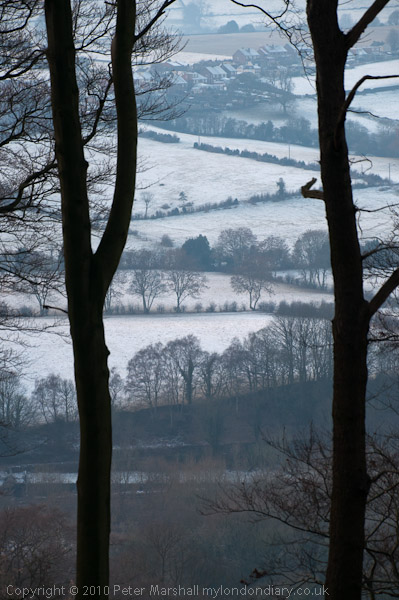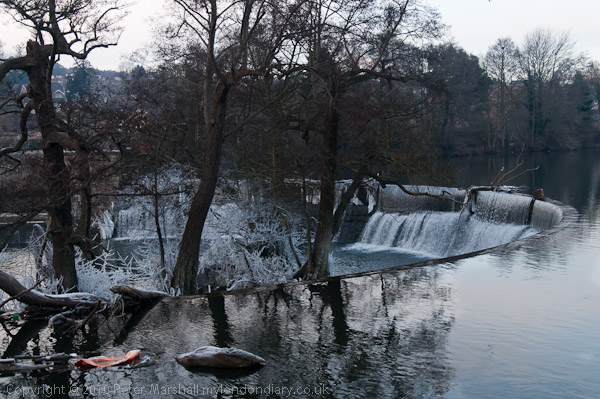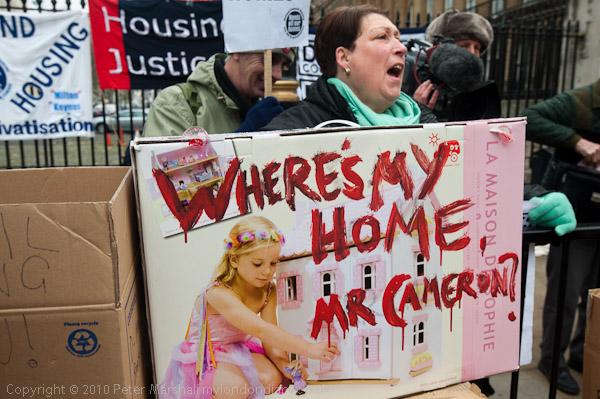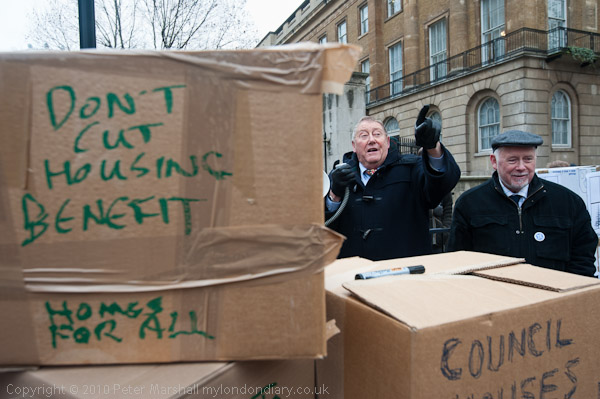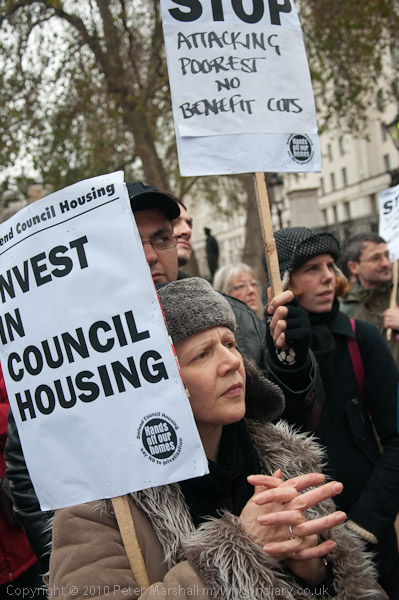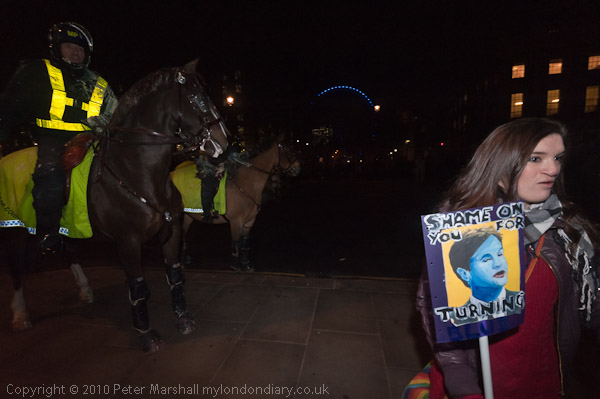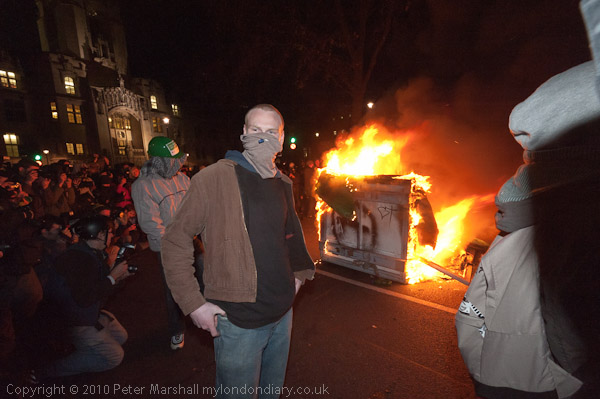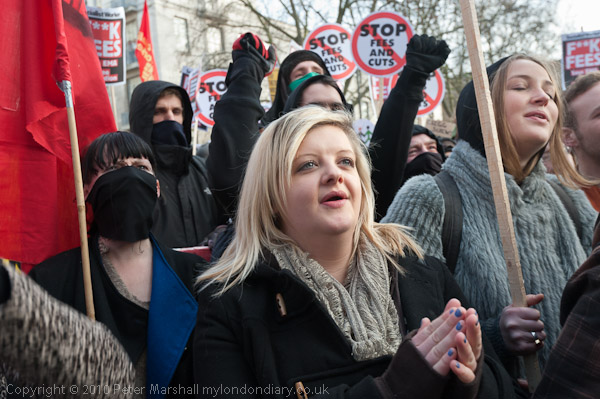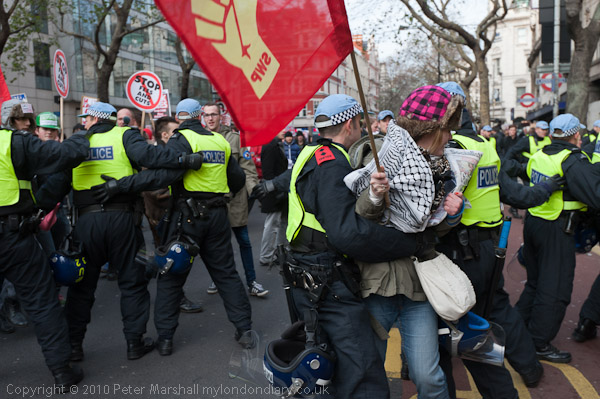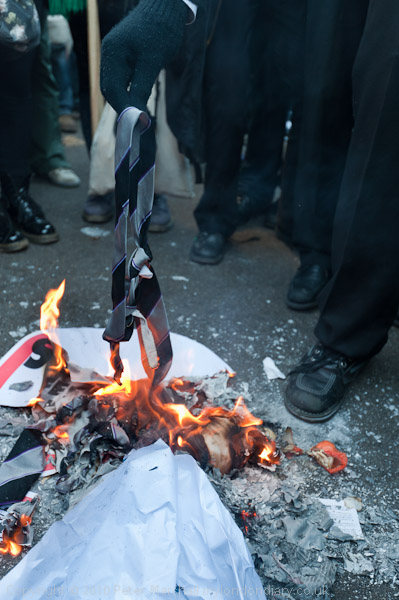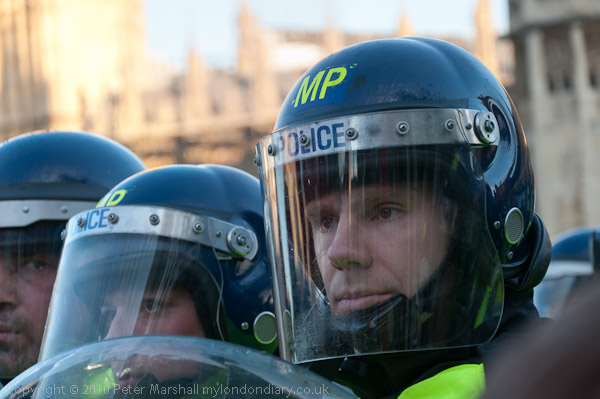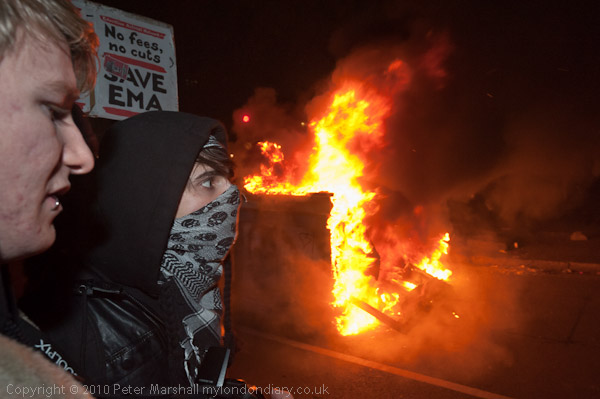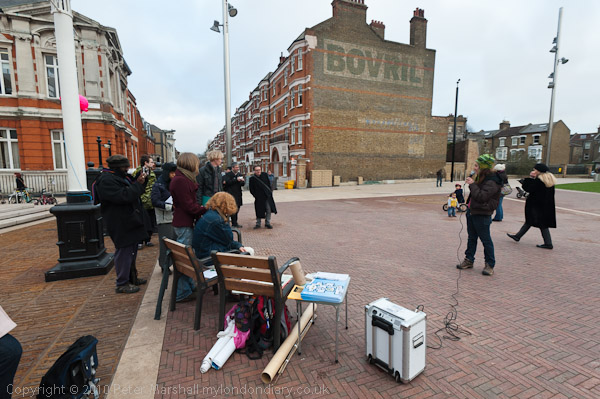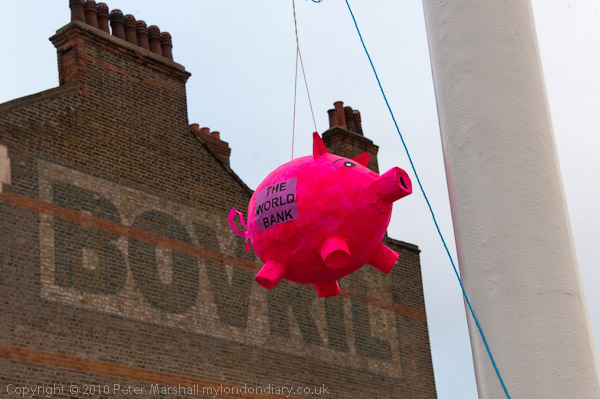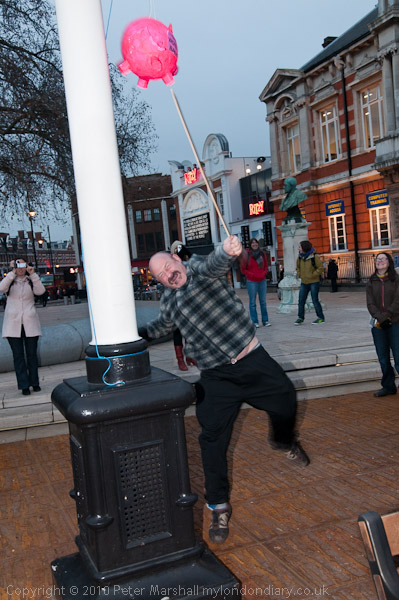If you’ve yet to come across the story of Vivian Maier (1926-2009), a Chicago nanny whose photography was discovered more or less by chance around the time of her death, read the Vivian Maier blog, written by John Maloof, a young Chicago estate agent who bought a box of her negatives for $400 at an auction sale in 2007 after she had defaulted on payments to keep them in a storage locker. Another group of collectors of her work has set up a Vivian Maier web site as well as another blog.
It took Maloof a couple of years to find the name of the photographer who had taken the work, and when he did and Googled it, all that turned up was a death notice written a few days earlier. Maier had slipped on ice and hit her head, and spent some months in a nursing home before she died age 83. Maloof has been working intensively on his collection of her work and he contacted the other buyers from the sale and bought their boxes of her work. He has also made contact with some of her former employers and charges, and has been given some of her former belongings, including cameras, her collection of photographic book, and some tape recordings she made.
I’ve occasionally written that what we know about the history of photography is perhaps only the tip of an iceberg, with many photographers from the past whose work has simply not become known (and there are some good examples from the past, such as Bellocq, Lartigue and Disfarmer whose work was only discovered long after they took it.) Its a question that Blake Andrews has written about at greater length on his blog in a post ‘The Flame of Recognition.’ I’ve not seen a great deal of Maier’s work but it does seem to be a substantial body of work with some fine pictures that bear comparison with many well-known photographers, and an intriguing example of how work can develop apparently completely outside the art/curatorial/academic establishment.
Perhaps the film and the book coming out shortly will answer some more questions about her – including the mystery of why she abandoned her work with some 20-30,000 pictures on undeveloped films dating from the 60s and 70s in a total of around 100,000 pictures, many of which have still to be looked at by anyone. The film is seeking funding on Kickstarter and the video introducing it and appealing for funds is worth watching.
It’s been a relatively slow-moving story, developing over a couple of years, but growing to an impressive level. An article appeared in The Independent in November 2009 and there has been a long and continuing discussion on Flickr. Recently Chicago Tonight broadcast a 9 minute TV programme about her and the discovery by Maloof, and the first US exhibition (some has been previously shown in Norway) from Maloof’s collection opens in Chicago on Jan 7, 2011.
Making comparisons, as some have done, between Maier and great photographers of the American mid-century such as Robert Frank is of course to miss the point. Although her pictures may at times remind us of his work (or that of Lisette Model, Leon Levenstein and others) Frank’s importance to photography was not so much in the pictures that he took – some good, some not so good – or even his attitude and approach, but in the influence that his work had on several generations of photographers from the 1950s on. Interesting though her work is, it does not appear to have been innovative, and has long lost any ability to alter the course of our medium. At best it can retrospectively broaden and enrich its history.
Photography is in a very real sense a communal activity, and sharing your work with others is a vital part of this. For reasons that are not yet clear to me, Maier chose not to do so.
Many who do try to do so find themselves ignored or rebuffed at an early stage by the photographic establishment, and at least in the past it is probably true that we have a history that has been dominated by the best-connected and the thickest skinned.
It is significant that Maier’s work has not so far been taken up by any of the major museums or galleries or academic institutions, but has largely been promoted by outsiders and through the Internet – and in particular on Flickr. Institutional photography has still very much to adapt itself to the ever increasing importance of the web as the vital centre of the photographic community, for sharing work and increasingly for exhibiting and publishing photography.
It was a future that I saw and began to grasp fifteen years ago when I set up my first web site (Family Pictures, still on-line in more or less its original state though at a different location), although it was perhaps this early acquaintance that led me not to fully appreciate the potential of sites such as Flickr, which seemed to me too primitive in the way that it presented work. But it’s importance – as its promotion and discussion of Maier shows – was in establishing a new channel for the photographic community. Perhaps had it been around 30 years earlier her work would have long been a part of our shared history.

